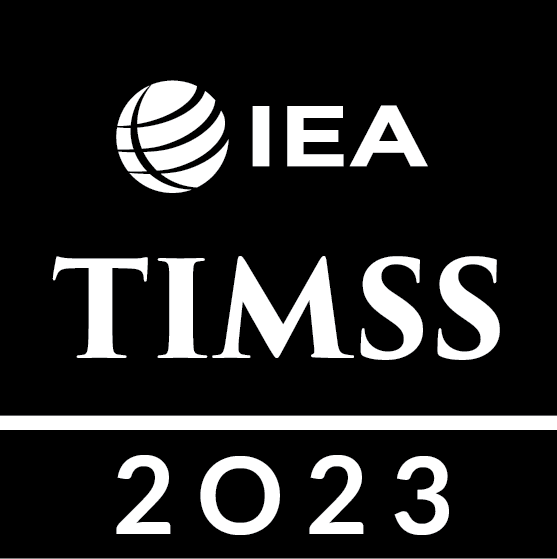Trend Plots of Average Science Achievement for Girls and Boys
For the TIMSS 2023 countries with comparable data from previous TIMSS assessments, Exhibit 2.1.11 contains graphs of average science achievement across assessment cycles for girls and boys. In each country graph, the y-axis ranges 120 points with a scale interval of 10 points, but a different part of the scale is shown according to each country’s average achievement. Compared to TIMSS 2019, achievement gaps between girls and boys widened in some countries. Among 27 countries with no achievement gap in 2019, three had a gap favoring girls in 2023 and eight had a gap favoring boys. However, in six countries the achievement gap was closed such that the difference between girls and boys was flagged as statistically significant in 2019, but not in 2023.
Exhibit 2.1.11: Trend Plots of Average Science Achievement for Girls and Boys◊
Science Grade 4

◊ There was no TIMSS fourth grade assessment in 1999. See Appendix A for country participation in previous TIMSS assessments.
Students’ gender information was obtained from school tracking data.
Suggested Citation
von Davier, M., Kennedy, A., Reynolds, K., Fishbein, B., Khorramdel, L., Aldrich, C., Bookbinder, A., Bezirhan, U., & Yin, L. (2024). TIMSS 2023 International Results in Mathematics and Science. Boston College, TIMSS & PIRLS International Study Center. https://doi.org/10.6017/lse.tpisc.timss.rs6460
